
Written by Angela Izzo
Ever since high school, I’ve been experimenting with film—getting my friends to dress up, modeling for each other, and creating little worlds that felt like scenes from a movie.
In 2005, I moved from the East Coast to California to study photojournalism and documentary filmmaking. As a photojournalist, I learned to shoot everything in-camera—no Photoshop, no staging, just capturing real life as it unfolded. I loved documenting culture and artists in their natural environment, but part of me always missed the imaginative, playful side of creating.
Toward the end of college, as I started stepping into professional photography and film work, I found my way back to that creative space through magazines and newspapers. That was really the turning point where editorial shoots became part of my world, and I’ve been building on it ever since.
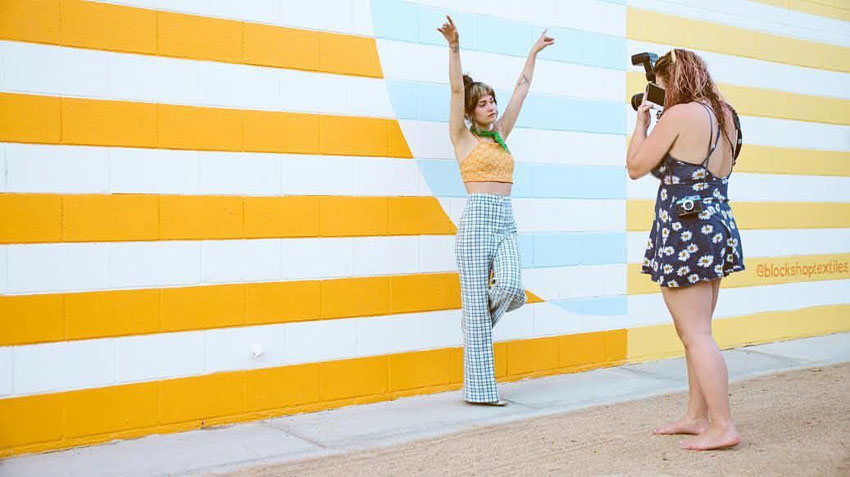
What is an Editorial Photo Shoot?
An editorial shoot is all about storytelling—it’s designed to convey a concept, a mood, or an artist’s identity, usually for magazines, newspapers, or online publications. Unlike commercial shoots, which are focused on selling a product, editorial is more narrative and expressive.
I actually started doing editorial work with bands, creating imagery for posters, album art, and digital features that ended up being published worldwide. That gave me both visibility and the creative freedom I was looking for.
My style mixes conceptual storytelling with a lifestyle edge, which ties back to my photojournalism roots—I like bringing a raw, authentic quality into what are often very stylized setups. With more traditional shoots—weddings, family portraits, or headshots—I shift gears. Those sessions are about timelessness and clean representation, capturing personality in a straightforward, classic way. Occasionally, I’ll add a creative flourish, but I keep those shoots grounded in simplicity so the focus stays on the person.
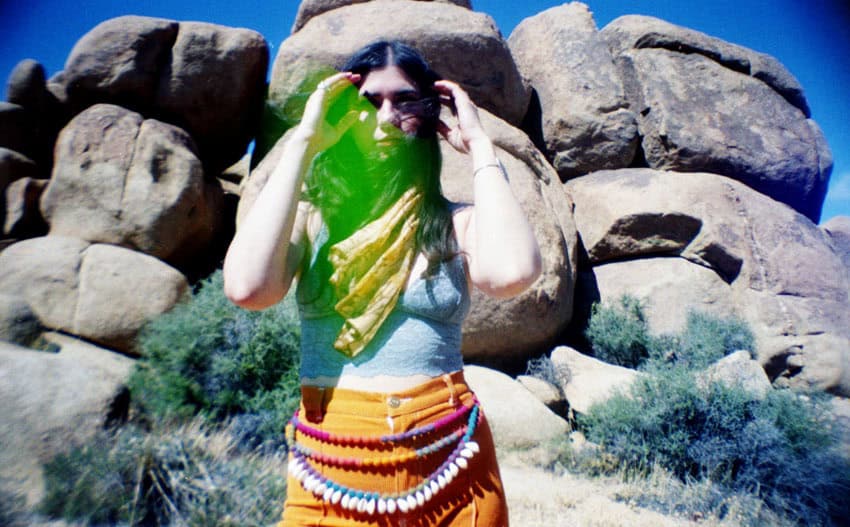

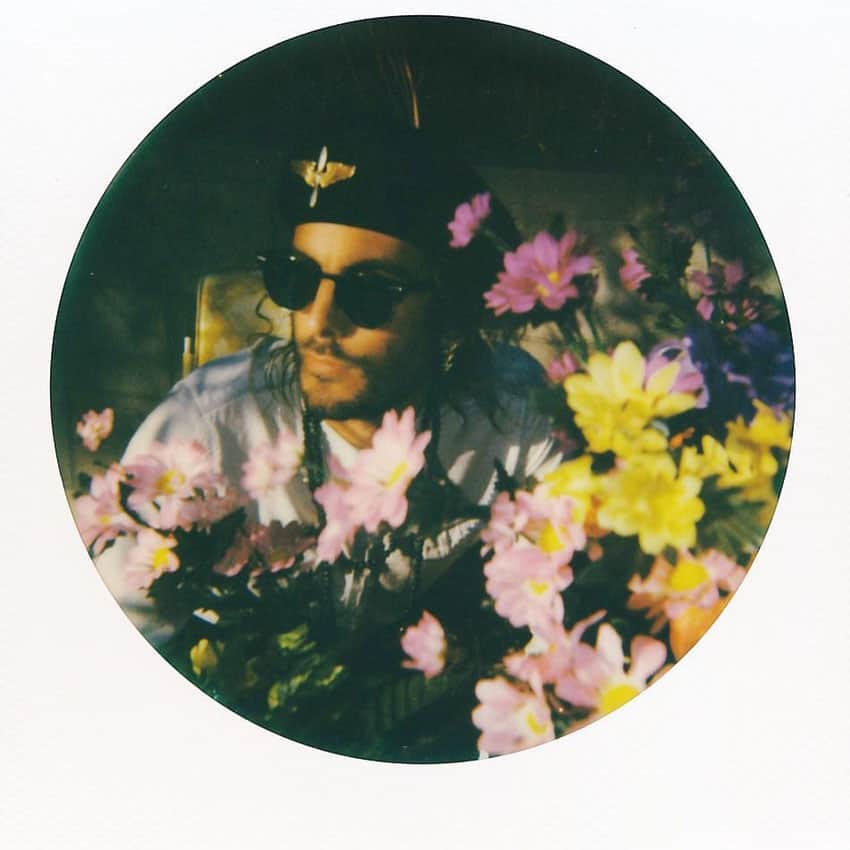
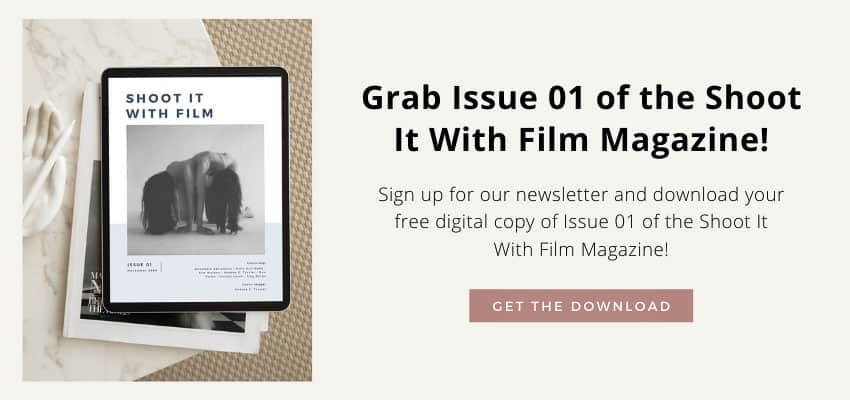
Creating a Vision for Your Photo Shoot
The vision always starts with the artist. I want to understand who they are, what they want to express, and how they want people to feel when they see the photos. I start by talking with the artist, learning what they want to communicate, and what kind of vibe or story feels authentic to them. Sometimes it’s as simple as a single word or emotion they want the photos to capture.
Sometimes they already have a clear direction, but often they rely on me to take the lead. That can mean scouting the location, suggesting wardrobe, or even shaping the overall concept.
Mood boards are a big part of my process. I’ll pull together images, textures, and styling inspiration to create a visual roadmap.
It’s not just for me—it’s a great way to align with the artist or their manager so everyone’s on the same page about the tone and direction. When I work with independent artists, this step is even more collaborative—we’ll swap ideas, pull outfits, and refine the concept together.
Once the groundwork is set, I bring it to life with my own visual language. I like to experiment with film stocks, vintage lenses, and non-traditional cameras to add texture and character. That’s how I blend inspiration with technique, creating something that feels true to the artist but still has my personal stamp on it.
From there, I build outward—whether it’s suggesting locations, styling, or ways to bring their vision into a visual narrative. For me, it’s about transforming their idea into something tangible and cinematic.
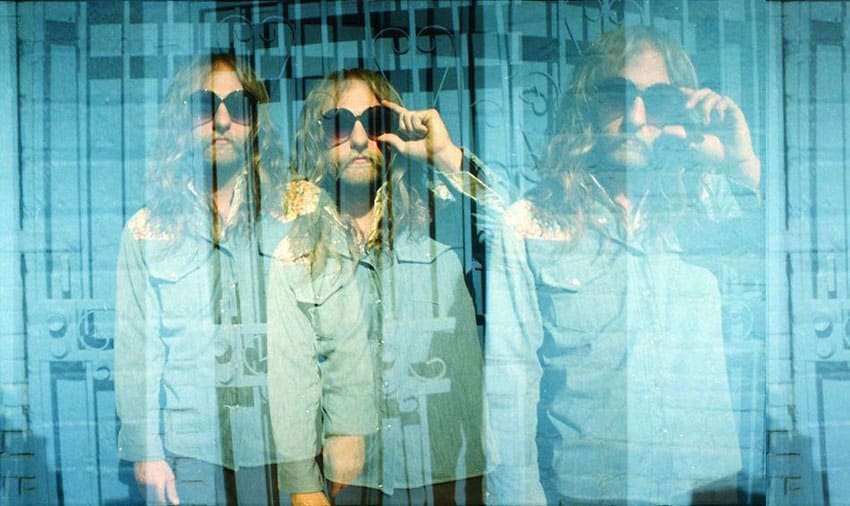
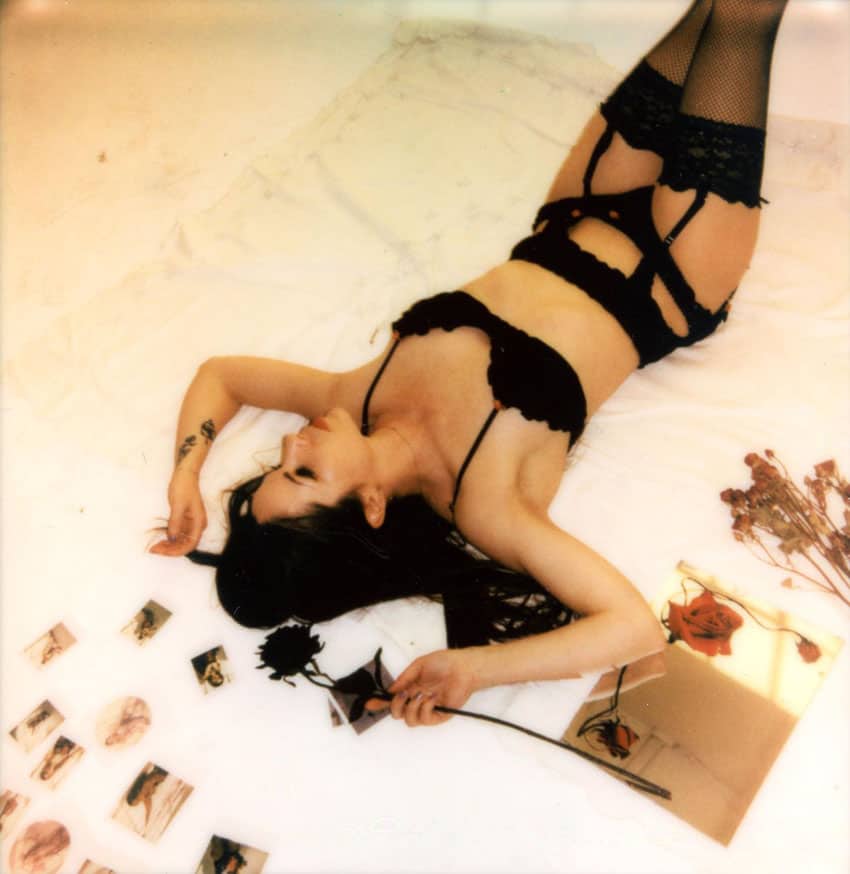
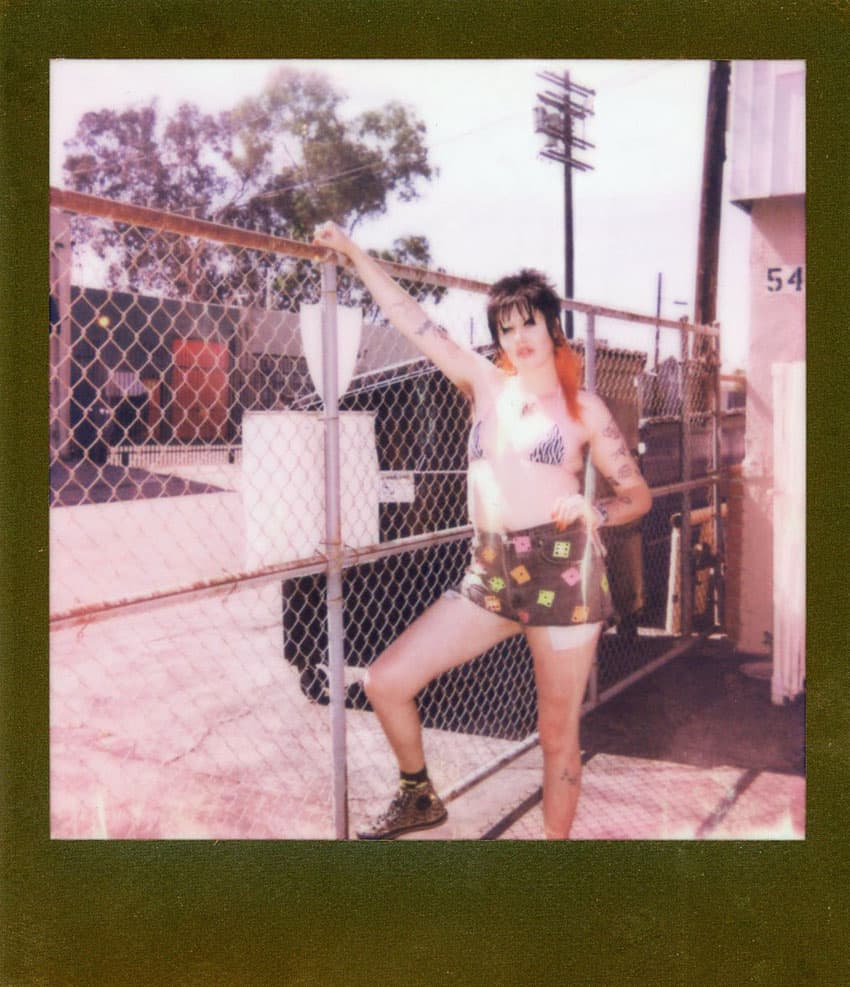
Finding a Location
When looking for a location for an editorial photo shoot, start with what’s accessible. A lot of the time, the best spots are right in front of you—nature, a friend’s space, or an overlooked part of the city. Light is really the key, so even a simple setting can look incredible if the light is right. I’ve shot some of my favorite images in places most people wouldn’t think twice about.
When budget allows, you can always rent through platforms like Peerspace, but I’m often more inspired by the unconventional. I love discovering spaces that aren’t traditionally “photo shoot ready” and turning them into something cinematic. It gives me complete creative freedom to build the scene from scratch, which is what keeps the process exciting.
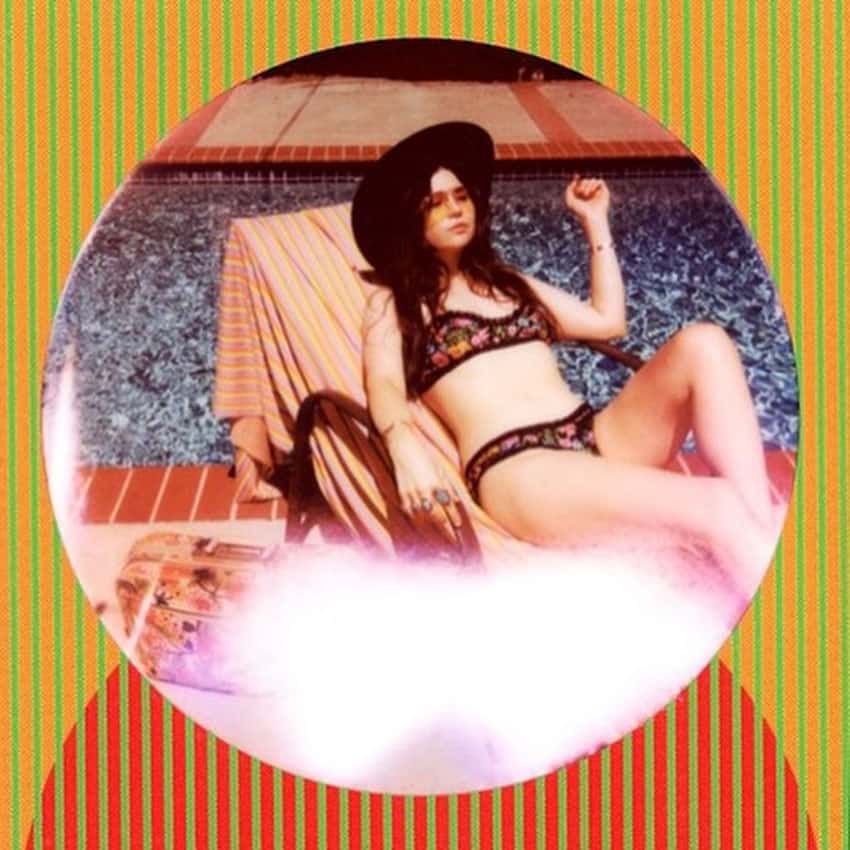
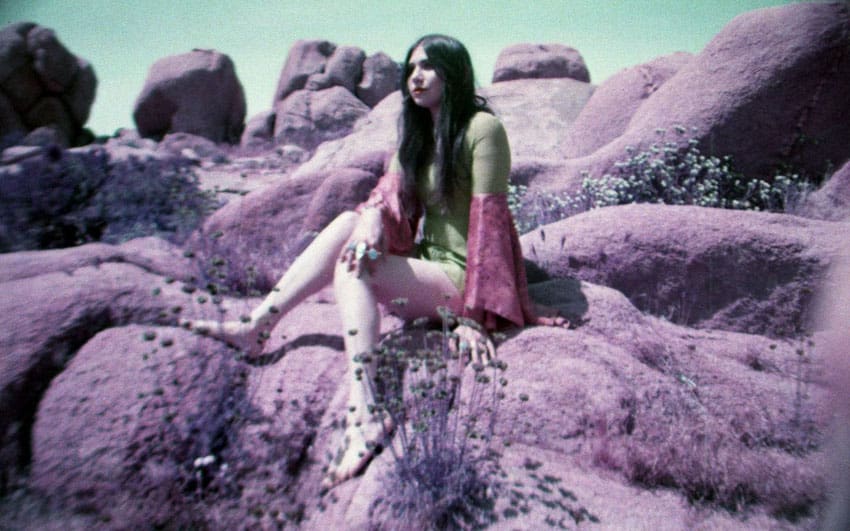
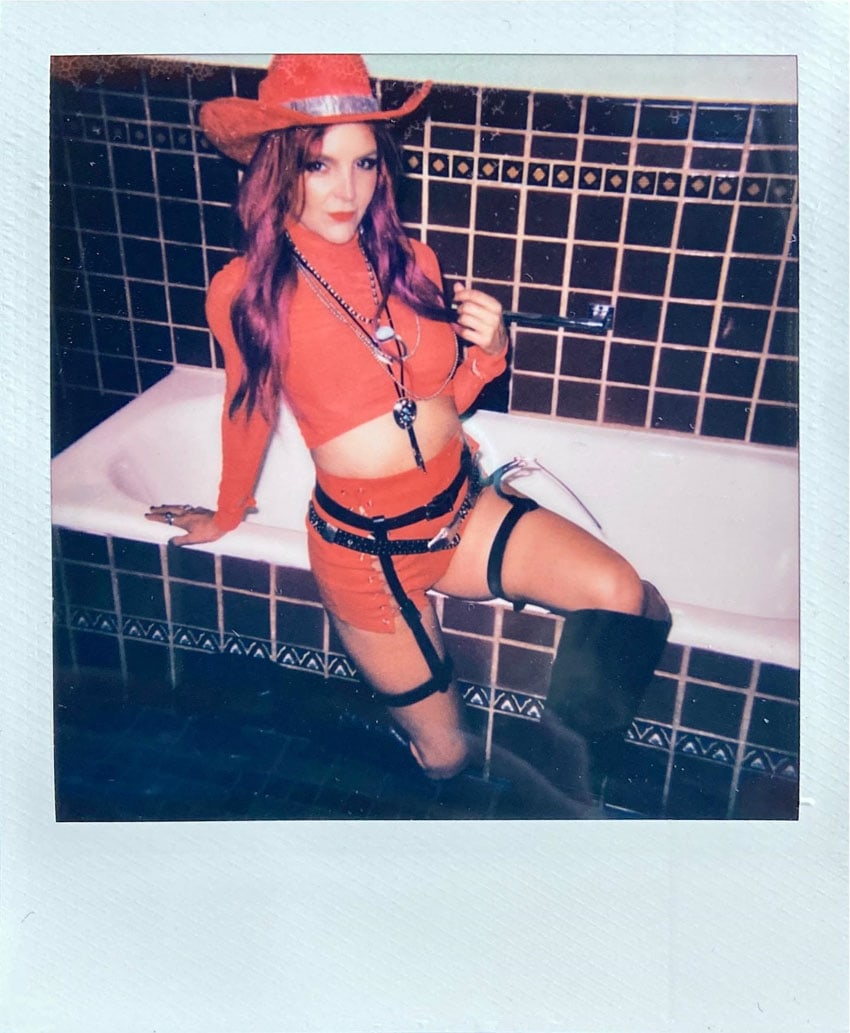
Working With A Team
When I’m on a larger production, working with a team is honestly such a smooth process. There’s a producer, a whole team, and usually a professional model who knows how to move in front of the camera. Add in a makeup artist, a stylist, assistants, and a great location, and my focus really comes down to the core of my craft—prepping my gear, directing the model, working with the light, and capturing the shot.
But with independent artists, it’s a very different kind of energy. Since they’re often funding things themselves, we keep it resourceful—finding budget-friendly or free locations, pulling together multiple outfit options, and I’ll often step in to help with styling, makeup, or even a bit of set design.
Of course, it’s always a luxury to have a full team on set, especially hair and makeup, because it elevates everything. But I’ve also come to love the DIY process, because it becomes this creative, collaborative build. There’s a balance of structure and spontaneity, and more often than not, that’s where the real magic happens—when something unplanned turns into something better than you imagined.
The best way for me to communicate the vision is by starting an email thread where we can share ideas and a vision board. I also love jumping on a call when needed to make sure we’re fully aligned on the creative direction. Clear communication is key to a successful shoot.

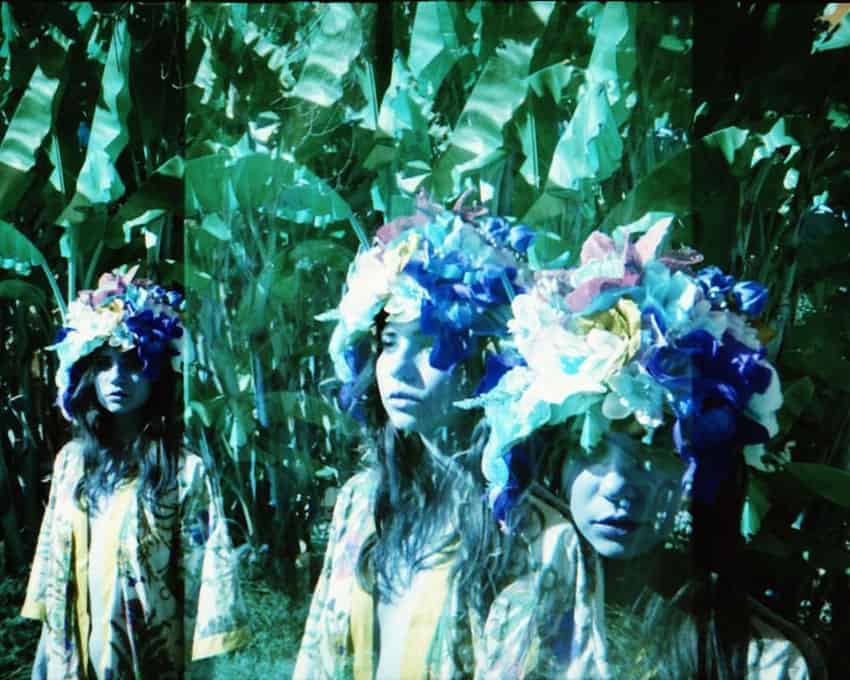
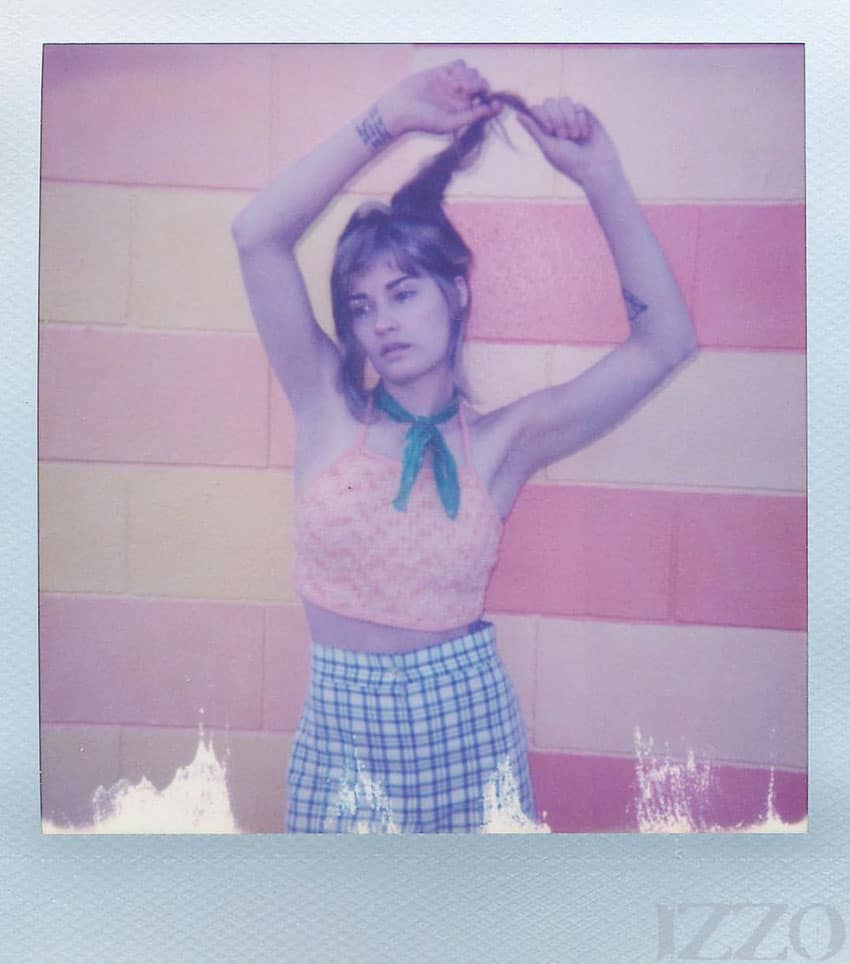
What’s in My Camera Bag for Editorial Shoots
I often joke that I’m like an octopus on set—juggling more than six cameras in my bag and constantly switching between them. When I’m shooting clean headshots or portraits, I keep it simple with my Canon digital camera, a flash, tripod (if needed), and a selection of lenses.
But when the shoot is more film and art-focused, I bring out my Lomography gear—cameras like the Diana Mini, Holga, La Sardina, along with Polaroids, prisms, and unique art lenses like the Petzval. Each camera is loaded with a different film stock so I can capture a range of looks and textures in one session. I love stretching the creative possibilities and getting the absolute most out of every shoot.
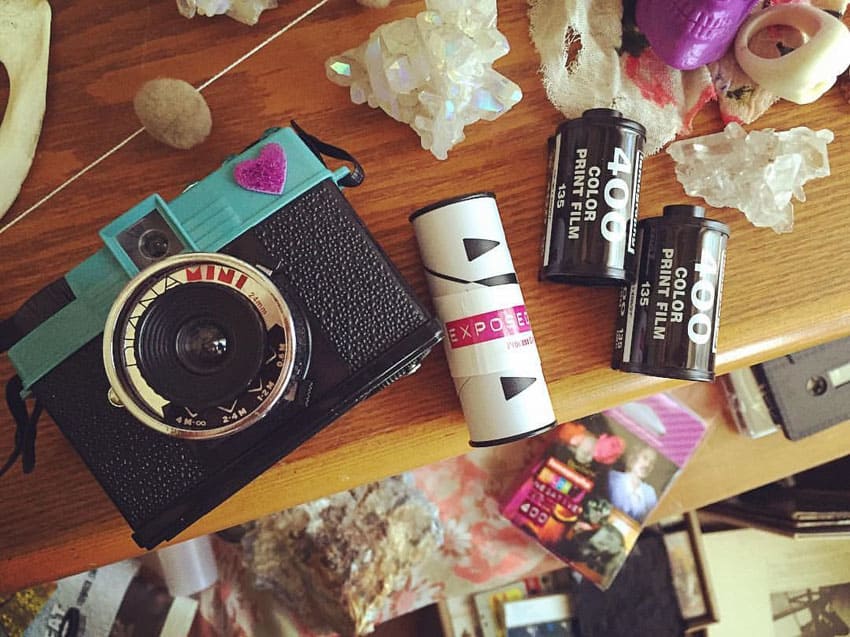
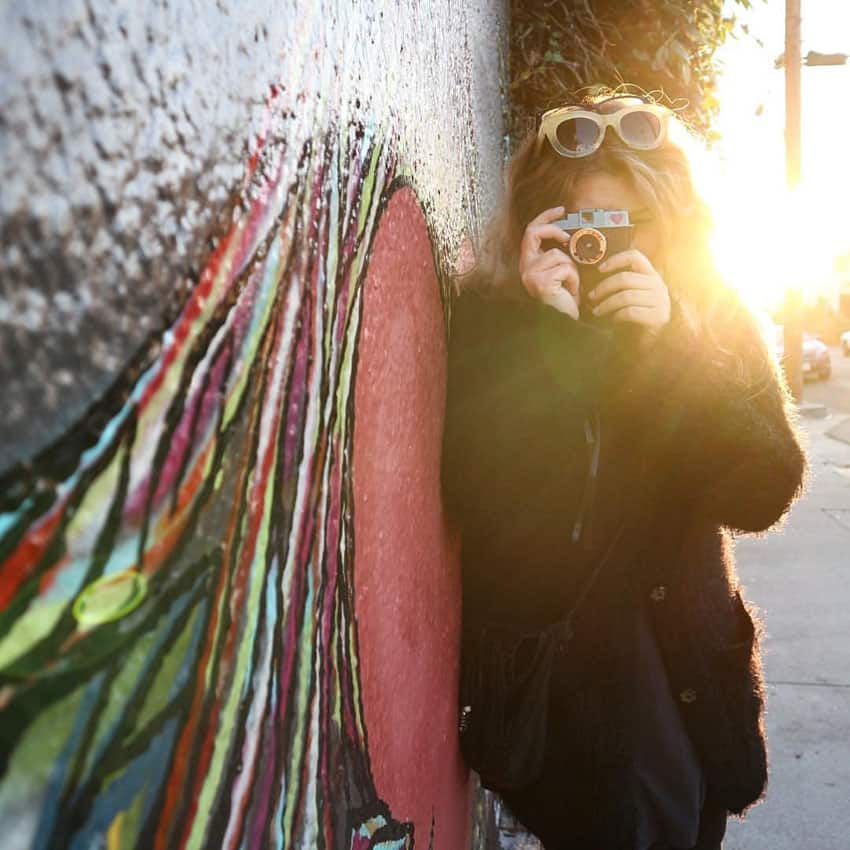
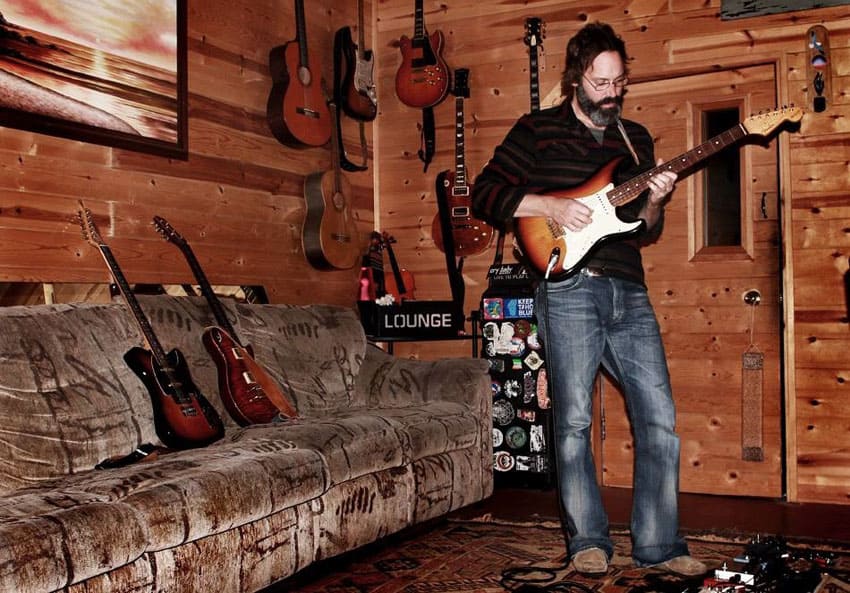
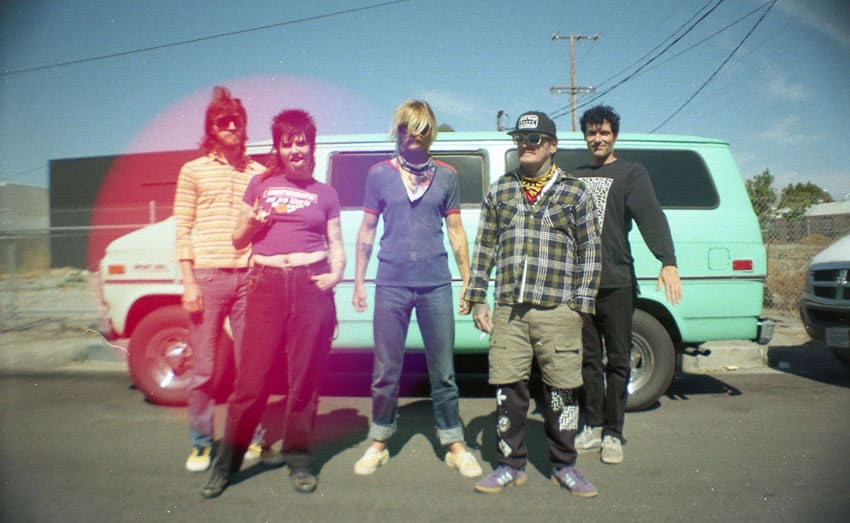
After the Shoot
When I work with bands or artists, the process is usually pretty collaborative. I’ll create the imagery, and then their publisher or label will use it for things like campaigns, album art, or promotions. In those cases, I usually get credited, and sometimes the bands themselves will share the work, which is a great way for my name to get out there.
With bigger labels and brands, it’s a little different. I’m brought on more as a creator, I get paid for the work, and then they control how the content is used in their campaigns. Sometimes my name is attached, sometimes it’s not—but once the campaign is live, I usually have the opportunity to reshare the work and add it to my portfolio.
Whether I’m working with indie bands who want their images shared for albums and press, or bigger labels and brands who bring me on as a creator for campaigns, each experience helps me grow and refine my style.
Sometimes my name is front and center, other times it isn’t, but either way it’s been an incredible chance to collaborate with amazing people. I feel really grateful for the artists and teams I’ve been able to work with, and I’m excited to see where this journey will take me next!
Featured Artists
Lauren Ruth Ward, Pearl Charles, Neal Casal, Jeffertitti, Matt Adams, Clare Bare, Dani Miller, Andrea Whitt, Sarah Ault, Surfbort, Samitra Borhanpour, Lia Braswell
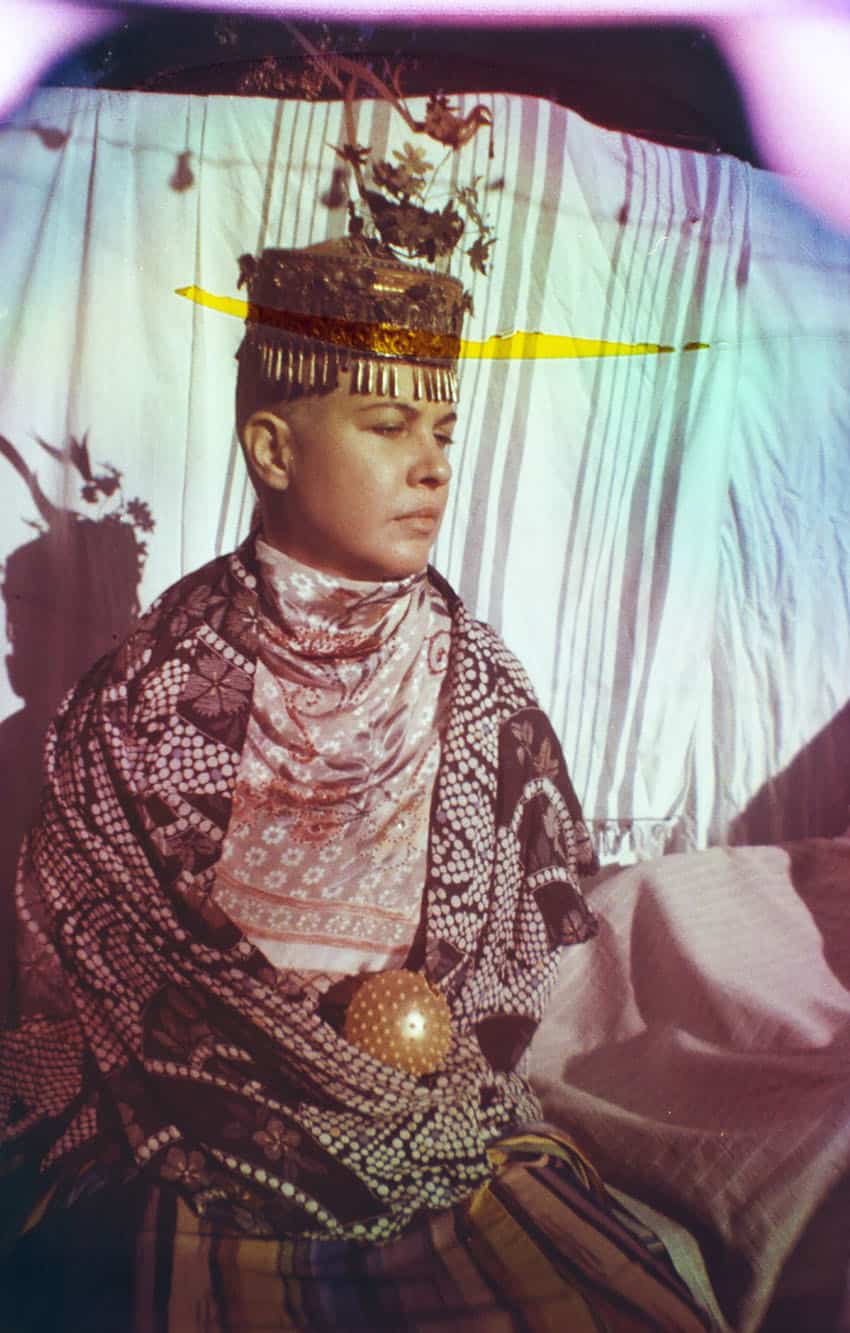
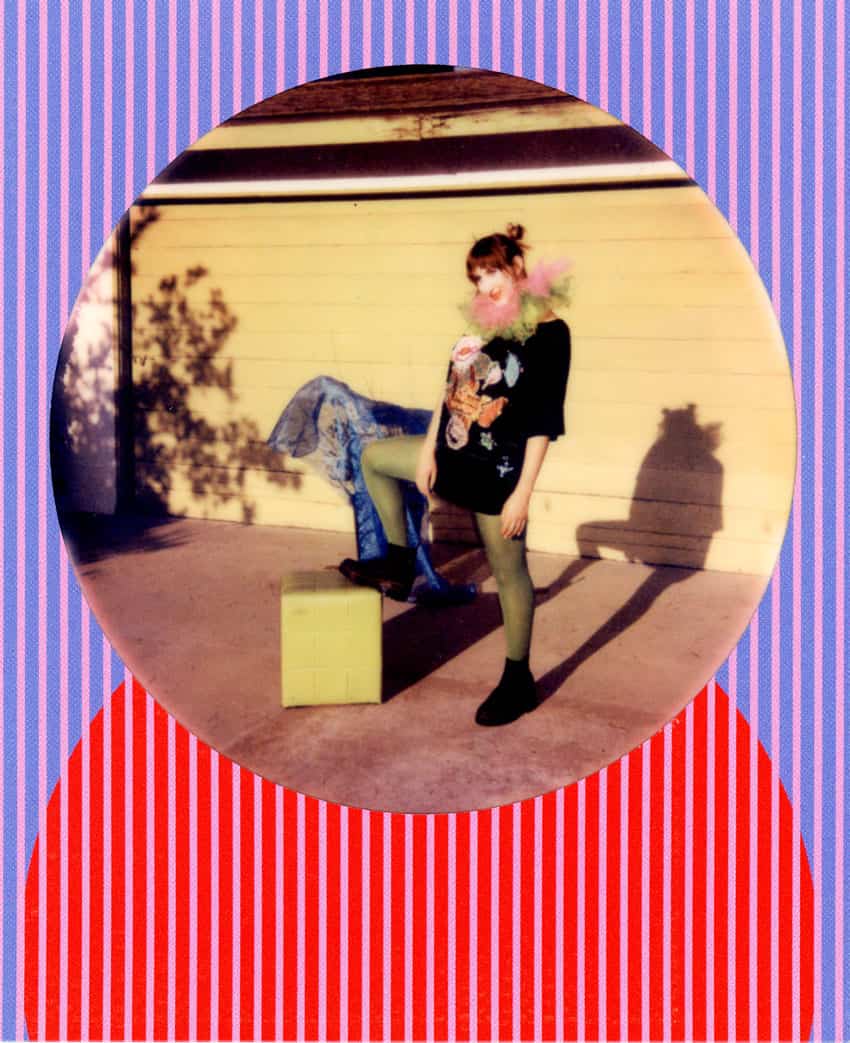
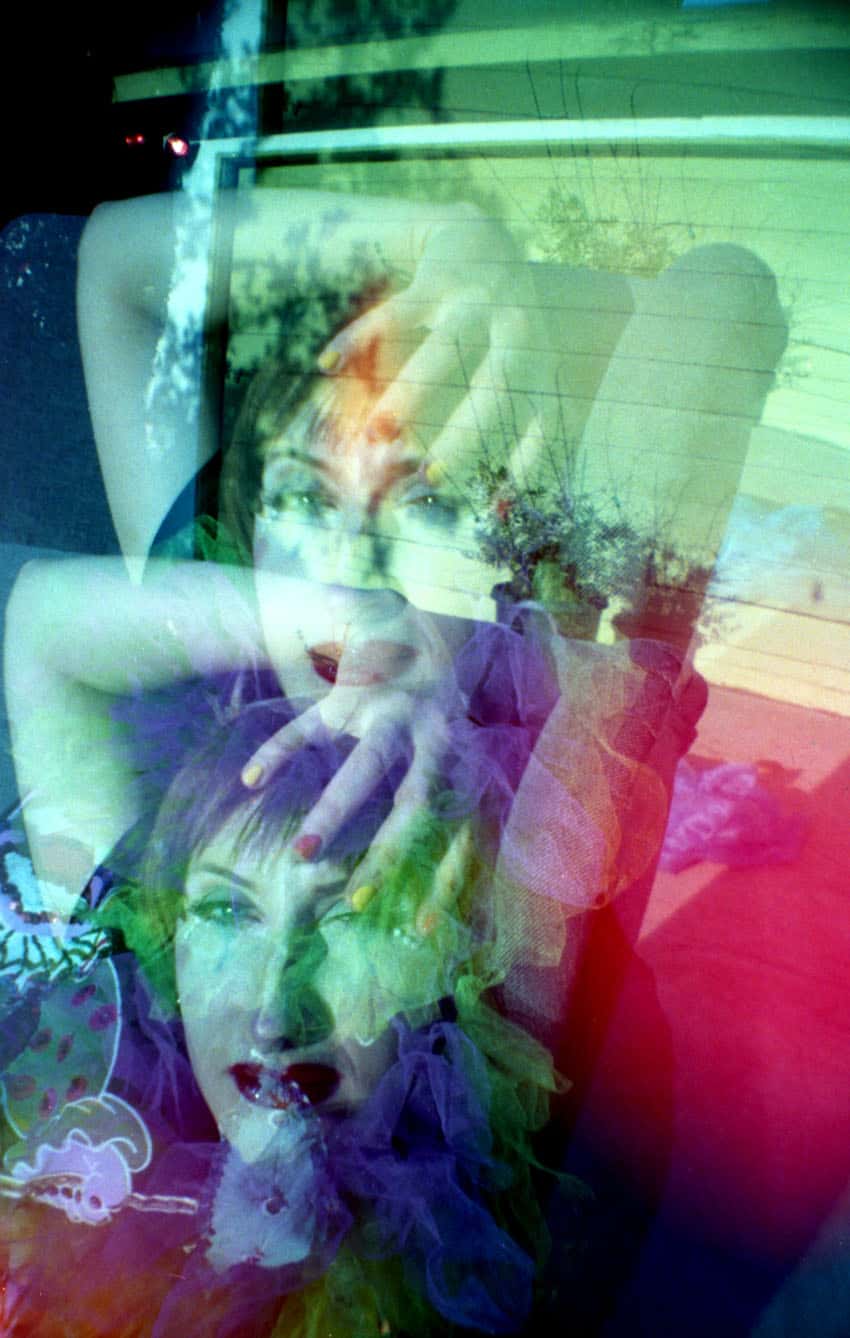
Thank you so much, Angela! Angela is a regular contributor here at Shoot It With Film, and be sure to check out her other articles here, such as Lomo’Instant Wide Camera Review: Double Exposures, Retro Style, & Endless Creativity and 110 Film: What Is It & Everything You Need to Know.
You can also check out more of her work her website, Instagram, and YouTube.
Leave your questions about editorial photo shoots below in the comments!
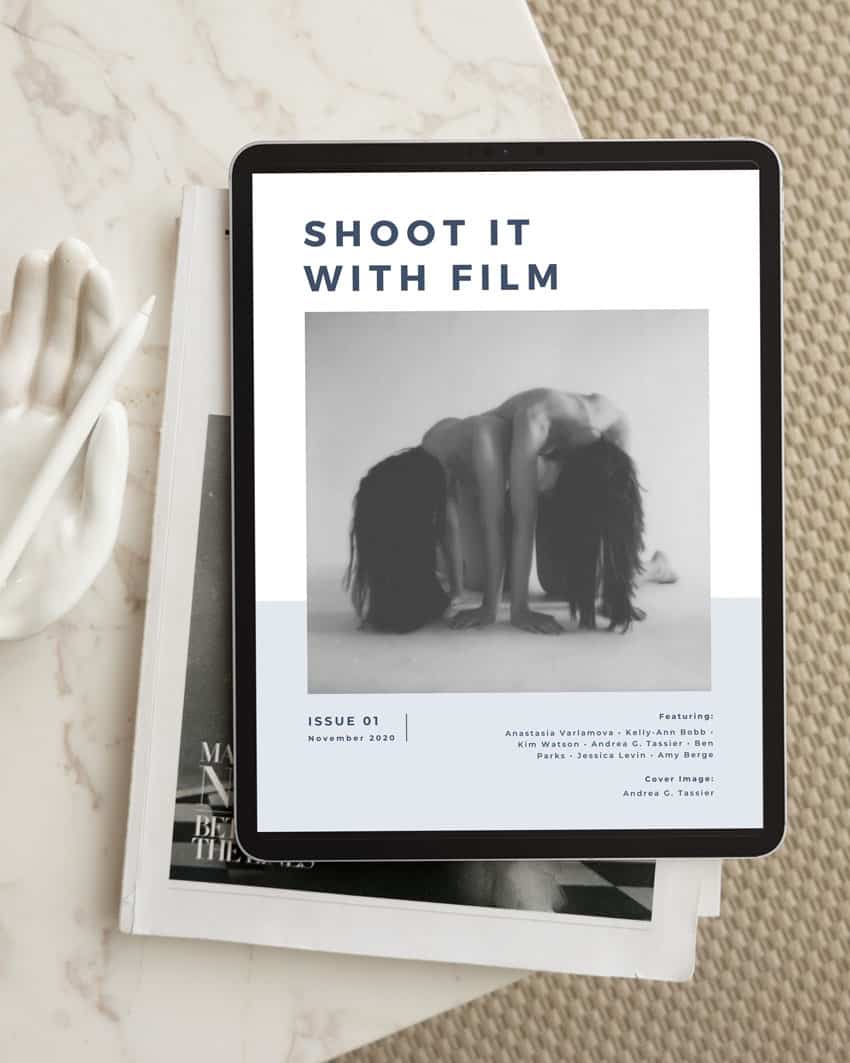

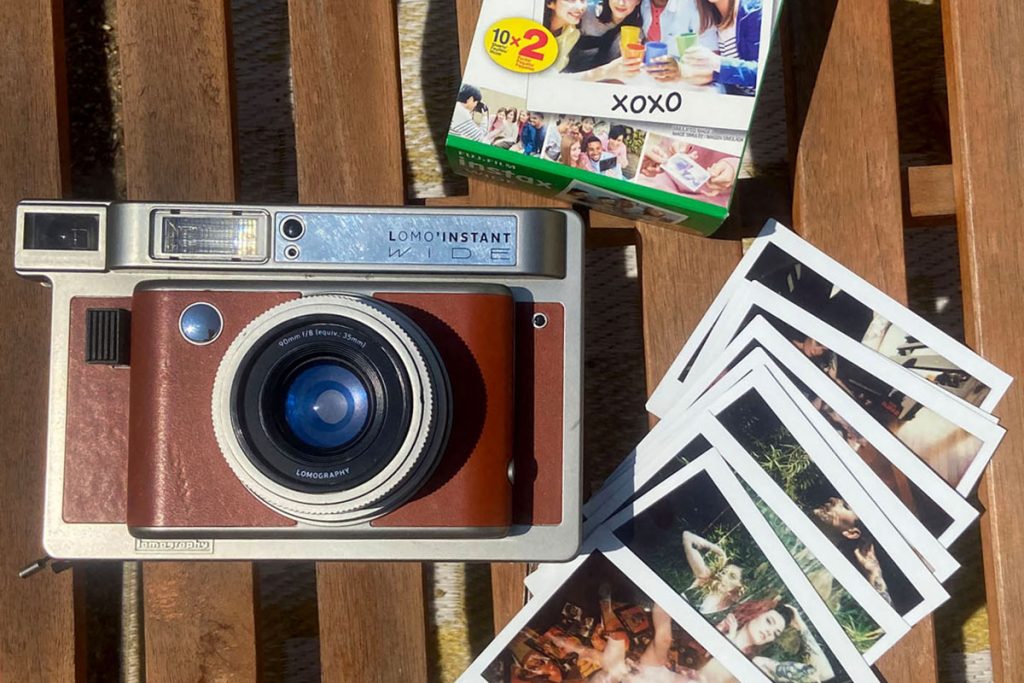





Leave a Comment